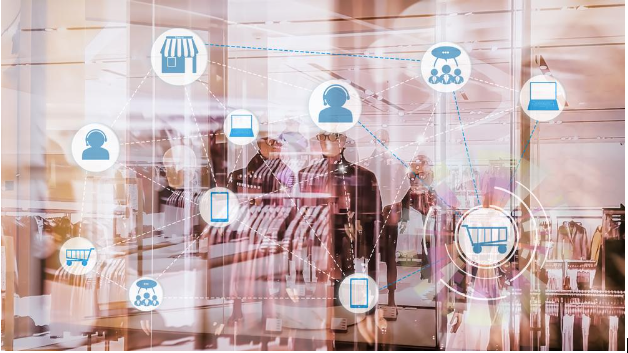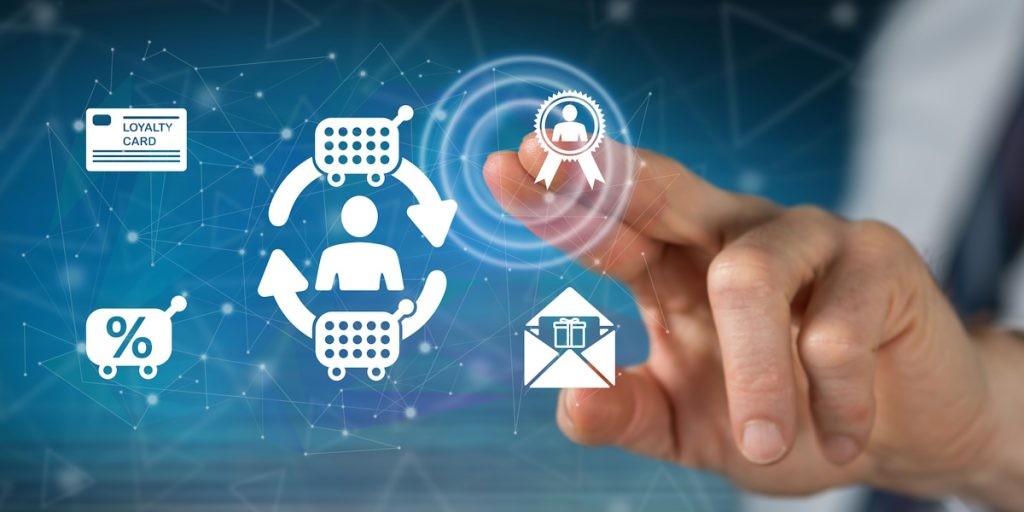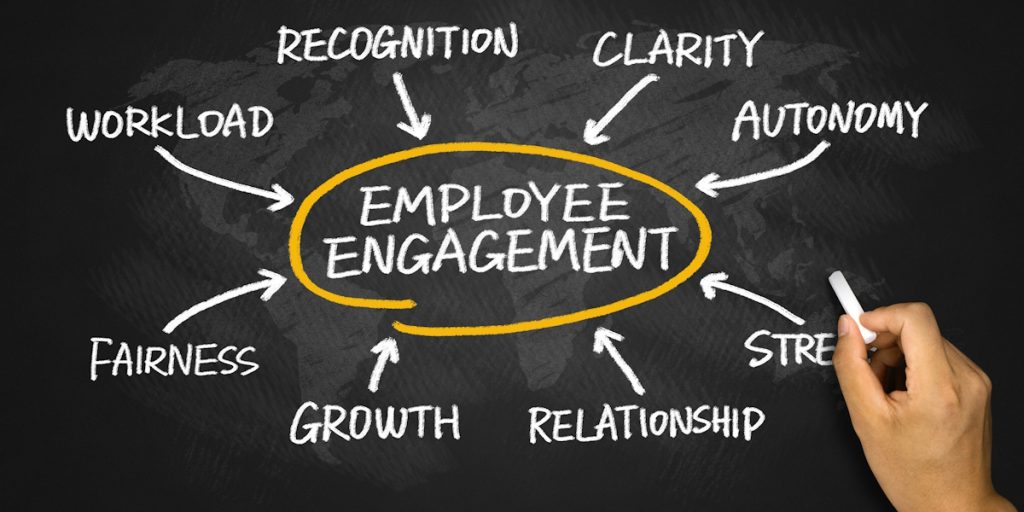In the competitive world of B2B business, establishing a strong bond with your clients is crucial for long-term success. Therefore, one effective way to achieve this is through a well-crafted B2B Customer Loyalty Program. In this blog, we will guide you through the do’s and don’ts of creating a winning loyalty program to keep your B2B clients engaged and satisfied.
Understanding the Essence of B2B Customer Loyalty Programs
Running a successful B2B business involves more than just providing excellent products or services. Instead, it’s about building lasting relationships with your clients. Therefore, a B2B Customer Loyalty Program is a strategic approach to reward and retain valuable clients who consistently choose your business over others. Through offering incentives and rewards, you can strengthen the loyalty of your B2B clients, resulting in repeat business and referrals.
Why Does a B2B Customer Loyalty Program Matters?
B2B customer loyalty programs offer several benefits. For instance, they help in retaining clients, boosting sales, and creating strong business relationships. Moreover, loyal customers tend to spend more and provide valuable feedback. Additionally, they also help in attracting new clients through word-of-mouth recommendations.
The Key Elements of a Successful B2B Loyalty Program
When designing a B2B loyalty program, several factors play a crucial role in its effectiveness:
Offer Valuable Rewards:
It is essential to understand the unique needs and preferences of your B2B clients so that you can offer personalized rewards that resonate with their business objectives. Through tailoring rewards based on their specific requirements, you can significantly enhance their loyalty.
Simplicity and Transparency:
Keeping the program simple and transparent is vital to ensure easy understanding and participation. For instance, complicated reward structures can confuse and discourage B2B clients from actively participating in the loyalty program. Thus, simplicity is the key to success.
Value-Added Benefits:
In addition to discounts, offering value-added benefits can make your loyalty program stand out. For example, these benefits can include exclusive access to industry insights, networking events, or priority customer support. Furthermore, by providing these additional perks, you can add substantial value to your clients’ businesses and further strengthen their loyalty.
What Works in B2B Loyalty Programs?
1. Personalized Rewards
Tailoring rewards based on the specific needs and preferences of your B2B clients can significantly enhance their loyalty. For example, offering customized product bundles or service enhancements tailored to their business requirements can make them feel valued and appreciated. Moreover, this personalization shows that you understand their unique needs and are willing to go the extra mile to meet them.
2. Value-Added Services
Providing value-added services like free consultations, training sessions, or industry reports can set your loyalty program apart and add substantial value to your clients’ businesses. Specifically, these additional services go beyond the core offering and demonstrate your commitment to their success. Furthermore, by providing these value-added services, you can differentiate your loyalty program from competitors and further solidify your clients’ loyalty.
3. Tiered Rewards Structure
Implementing a tiered rewards system can motivate B2B clients to aim for higher levels by offering increasingly valuable incentives as they ascend the loyalty ladder. Moreover, this tiered structure creates a sense of achievement and progression, encouraging clients to actively engage with the program and strive for higher tiers. Additionally, by offering enticing rewards at each level, you can keep your clients motivated and excited about their loyalty journey.
What Doesn’t Work in B2B Loyalty Programs?
1. Complex Reward Systems
Complicated reward structures can confuse and discourage B2B clients from actively participating in the loyalty program. For instance, when the program becomes too convoluted, clients may struggle to understand how to earn rewards or what benefits they are entitled to. As a result, this lack of clarity can lead to frustration and disengagement. Consequently, it is crucial to keep the reward system simple and straightforward, ensuring that clients can easily grasp how the program works and what they need to do to earn rewards.
2. Generic Rewards
Offering generic rewards that hold little relevance to the specific needs of B2B clients may fail to create the desired impact and could result in low engagement. In contrast, to truly engage your clients, it is important to offer rewards that align with their business objectives and preferences. By doing so, you can demonstrate that you understand their challenges and are committed to helping them overcome them. Ultimately, this personalized approach will make your loyalty program more meaningful and compelling.
3. Inadequate Communication
Failing to effectively communicate the details and benefits of the loyalty program to your B2B clients can lead to a lack of understanding and interest. Therefore, clear and concise communication is essential to ensure that clients are aware of the program’s features, how to participate, and the rewards they can earn. Additionally, regularly updating clients on program updates, new rewards, and success stories can also help maintain their engagement and enthusiasm. By doing so, you keep the lines of communication open, ensuring that your clients are well-informed and motivated to actively participate in the loyalty program.
4. Ignoring Client Feedback
Always listen to your clients’ feedback. Indeed, their suggestions can provide valuable insights into how to improve your program. On the other hand, ignoring their input can lead to dissatisfaction and a drop in engagement. Furthermore, when clients feel unheard, they are less likely to participate actively in your loyalty program.
5. Lack of Promotion
Actively promote your loyalty program to ensure your clients know about it. To do this effectively, use various channels like email, social media, and direct communication to spread the word. After all, if clients are unaware of the program, they won’t participate, no matter how good the rewards are.
Steps to Implement a B2B Loyalty Program for Your Business
Set Clear Goals:
Define what you want to achieve with your loyalty program. This could be increasing repeat purchases or improving customer satisfaction.
Design the Program:
Plan the structure of your loyalty program. Decide on the rewards, the criteria for earning them, and how clients can redeem them.
Choose the Right Technology:
Select a platform to manage your loyalty program. This platform should be easy to use for both you and your clients.
Train Your Team:
Ensure your team understands the loyalty program. They should be able to explain it clearly to your clients and handle any issues that arise.
Launch and Promote:
Launch your program and promote it through various channels. Use email marketing, social media, and direct communication to inform your clients.
Monitor and Improve:
Continuously monitor the performance of your loyalty program. Gather feedback and make necessary improvements to keep it effective.
Conclusion
A well-executed B2B Customer Loyalty Program can significantly contribute to the success of your business by fostering strong and enduring relationships with your clients. By analyzing what works and what doesn’t in such programs, you can create a compelling strategy that adds value to your clients’ businesses while driving long-term loyalty.
To achieve this, remember the key lies in offering personalized and valuable rewards, keeping the program simple and transparent, and ensuring effective communication. Ultimately, implementing these principles can set your B2B Customer Loyalty Program on the path to success, thereby benefiting both your clients and your business.
Would You Like a Free Consultation for Building a Winning B2B Customer Loyalty Program?




